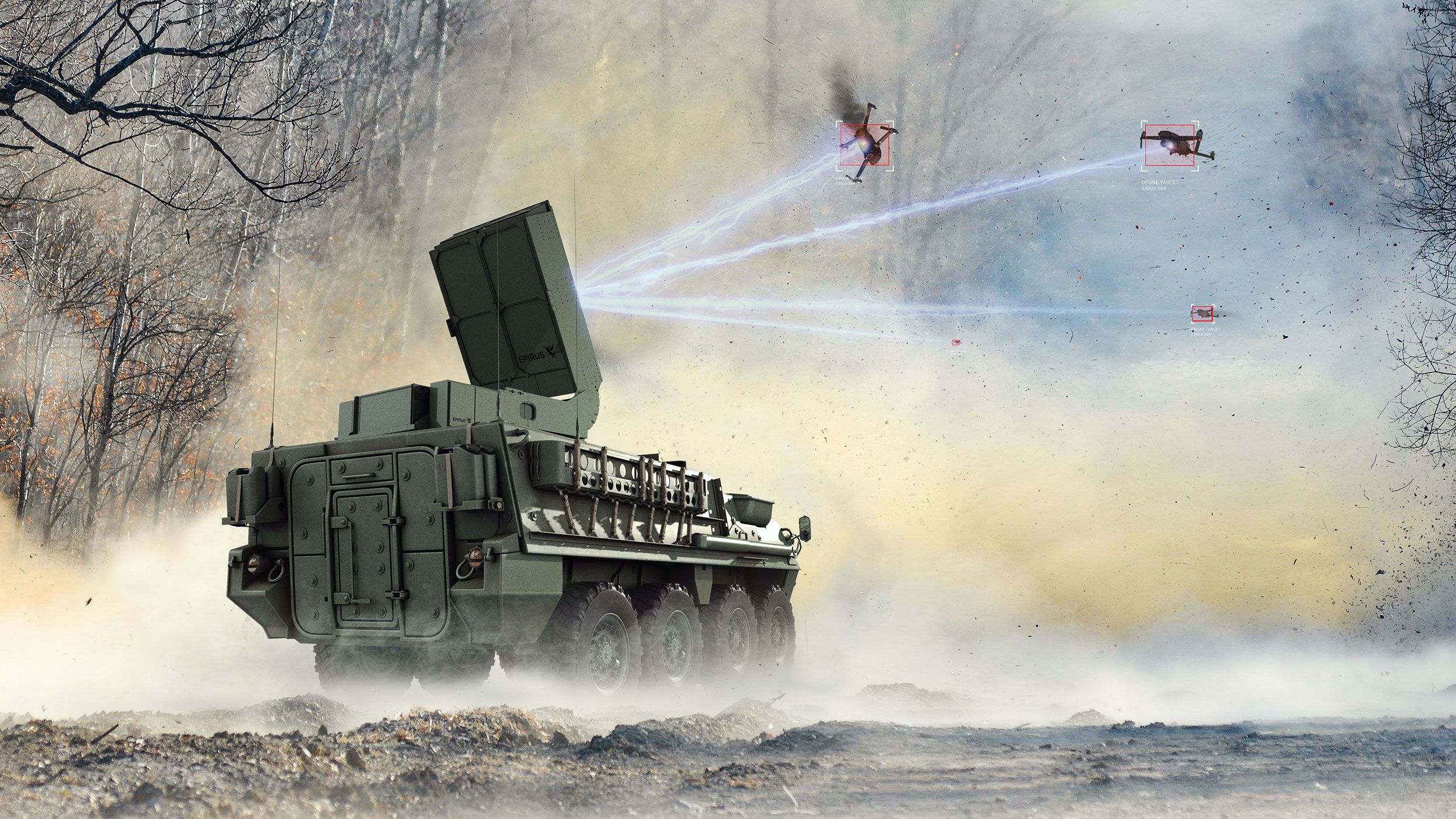SOURCE: IDRW.ORG TEAM.

In the modern battlefield, unmanned aerial vehicles (UAVs) or drones have become an increasingly prevalent threat, capable of gathering intelligence, conducting surveillance, and even delivering payloads to targets. Recognizing the critical need to counter this evolving threat, the Indian Ministry of Defence has initiated the iDEX challenge to develop an Anti-Drone System specifically tailored for integration with armored vehicles such as the T-72, T-90, BMP, and Arjun tanks.
This system aims to detect, identify/classify, track, and neutralize enemy drones’ RF transmissions without altering the existing platforms.
he challenge poses a multifaceted task, requiring the creation of an anti-drone system that seamlessly integrates with the existing infrastructure of battle tanks while offering robust capabilities to counter the drone threat effectively. Key objectives of the challenge include:
- Detection: The system must possess the capability to detect RF transmissions emitted by enemy drones within a minimum range of 5 kilometers. This detection mechanism should be highly sensitive and reliable, enabling early identification of potential threats.
- Identification/Classification: Upon detection, the system should be able to accurately identify and classify the type of drone present in the vicinity. This capability is crucial for distinguishing between friendly and hostile UAVs, thus preventing inadvertent engagement of allied assets.
- Tracking: Tracking enemy drones in real-time is essential for maintaining situational awareness and effectively countering threats. The anti-drone system should employ advanced tracking algorithms and sensor fusion techniques to precisely monitor the movements of targeted UAVs.
- Neutralization: The ultimate goal of the system is to neutralize the threat posed by enemy drones through jamming or disruption of their communication links. This requires the integration of sophisticated electronic warfare capabilities capable of disrupting drone control signals without causing collateral damage to friendly forces or civilian infrastructure.
One of the primary challenges in developing an anti-drone system for armored vehicles lies in ensuring seamless integration with the diverse platforms such as the T-72, T-90, BMP, and Arjun tanks. The system must be designed to operate within the constraints of these platforms while maximizing effectiveness and minimizing interference with other onboard systems.
NOTE : Article cannot be reproduced without written permission of idrw.org in any form even for YouTube Videos to avoid Copy right strikes. Websites doing illegal reproductions will get DMCA and Legal Notices.